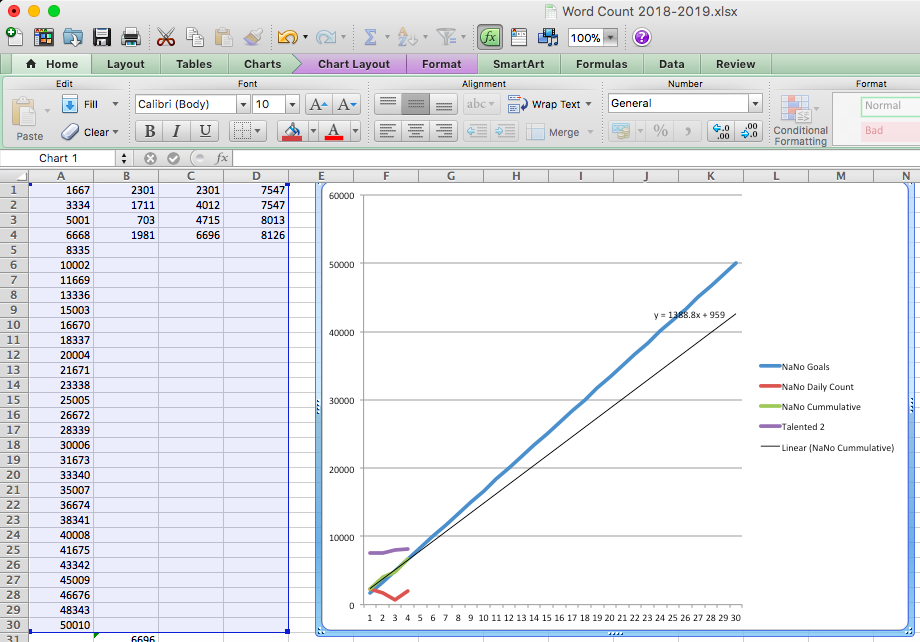In addition to being advised to read, writers are often advised to read outside of their genre. It's good advice, to open one's mind. If you write romance, pick up a political thriller. If you write fantasy, pick up a memoir. Reading in a different genre from what you write exposes you to different writing styles and paces than you might experience in your own genre, and can give you ideas.
I accidentally stumbled upon another type of book that can inspire you to write...old books. On a recent trip to the library, I was looking in my (preferred) fantasy genre for the Shannara series by Terry Brooks, or something similar. the 1970s and 80s provided a wealth of fantastic fantasy, and I wanted to revisit this particular series after close to 20 years, because I knew it would appeal to me more as an adult than as a child.
Unfortunately, my library has a small fantasy section, and I had to order in The Sword of Shannara, so in the meantime I needed to grab another book. I'd been there for a long time, and finally I panicked and grabbed a trilogy (bound as one book) off the shelves. The back linked it to Tolkien, and a brief peek inside showed it as being from the 1980s. Perfect! I checked it out and brought it home.
The book was the Gormenghast Novels by Mervyn Peake, and it was originally published in 1950s.
the 1940s and 50s were also good for fantasy, with writers like J.R.R. Tolkien and C.S. Lewis producing works that are still widely read 70 years later. I would not place Gormenghast up there with The Hobbit or The Lion, the Witch, and the Wardrobe. It has important characters with names like Sepulchrave, and the pacing is so slow that I'm about 50 pages in and nothing has really happened yet. Even the birth of the eponymous character Titus Gormenghast wasn't exciting.
So why am I excited enough about this book to blog about it? Because, the pacing is so slow, the writing so descriptive and poetic without progressing the story at all, that it inspires me to work on my own story. Nothing is happening in the book I am reading, but I can sure as heck make something happen in the book I'm writing.
Basically, in addition to reading outside of the genre you write in, I advise reading something within your own genre that is written in a different style than what you write. Contemporary romance novels might benefit from reading Jane Austen, or attempting to find a more obscure contemporary of the esteemed Austen. Gormenghast is highly acclaimed, and I find it incredibly boring. So, to make a long story long, find a "good" book in your genre that you think is boring or out of date, and see if it doesn't inspire you to write something better.
If it works, or if you've used this trick before, I'd love to hear about it.

 RSS Feed
RSS Feed